You know what they say, “The most expensive thing you’ll ever move is your furniture.”
Honestly, that quote could not be truer, especially when you're dealing with moving furniture to another state.
Here’s the thing: the average cost for a professional moving company to handle an interstate move can easily be between $2,000 and $5,000, depending on how much stuff you have and how far you're going.
And that’s just for the basic move!
Now add extra services like packing, insurance, or special handling for fragile pieces, and your wallet will look a little lighter.
But doesn’t have to be this expensive! There are actually numerous cheapest ways to move furniture to another state.
You can get your stuff from Point A to Point B without hiring a whole army of movers.
We've laid out all the options for you, so you don't have to spend hours sifting through "How-To" pages that leave you more confused than when you started.
Note: Keep in mind that interstate furniture moving requires some serious planning, but if you’re willing to put in a little effort, you can absolutely make it happen on the cheap.
Do You Really Need to Move All That Furniture?
Before you even think about how to get your stuff across the country (or to the next state over), let’s pause.
Do you really need to move everything?
We know you might be attached to that old chair or the dining table that’s seen better days, but moving furniture to another state can be pricey!
If you have cheap or old furniture, it might make more sense to sell it and buy new stuff at your new place.
In fact, this might even be one of the cheapest ways to move furniture because you avoid paying for movers or truck rentals altogether.

Ready to Make Your Move? Get a Free Instant Quote Instantly!
The DIY Option - Rent a Moving Truck
If you're not ready to give up your beloved couch, the next cheapest option is renting a moving truck.
Renting a truck gives you full control over the move and can save you some serious money.
The good part about renting a truck is that you decide the size of the vehicle and pay for it based on how long you need it.
Here’s a pro tip: plan ahead. The further you book in advance, the cheaper it gets. And if you’re willing to move during the off-season, you could save even more.
That’s a little trick that many people forget when considering moving furniture long distances.
So rent a truck, pack up your stuff, and drive it yourself. You'll control the schedule and costs.
Why You Can Trust My Good Movers
550+
moving companies
listed
16,000+
customer reviews to help you decide
50+
states covered for moving services
100%
free quotes provided instantly
Cost Breakdown for the DIY Option:
- Rental Cost: It starts around $20–$50 per day for a local move, but for long-distance moves, you could be paying between $400 and $1,500 or more.
- Fuel: This can get pricey since these trucks aren’t exactly fuel-efficient. Depending on the distance, you're looking at an additional $100–$300 or more.
- One-Way Drop-Off Fee: If you're renting the truck for a one-way move, expect to pay a drop-off fee, usually between $50 and $200.
- Insurance: If you choose additional coverage, it can cost another $15–$30 per day.
- Total Estimated Cost: The total cost of a cross-country move could easily range between $700 and $2,000.
Moving Containers - The Middle Ground
If driving a giant truck isn’t your thing, moving containers might be the best solution.
Companies like PODS and U-Pack drop off a container at your house. You load up your furniture, and then they pick it up and drive it to your new home.
It’s pretty affordable and convenient, especially if you’re dealing with interstate furniture moving.
Here’s how it works: you rent the container, load your furniture at your pace (no rush), and then the company takes care of getting it to your new place.
You only pay for the space you need, so if you don’t have a ton of stuff, this is an easy and cheap moving solution for furniture.
Cost Breakdown for Moving Containers:
- Container Rental: An interstate move for a small container might cost $300–$800, while a larger one could cost between $1,000–$2,000.
- Distance Charges: The further you move, the more it will cost. Long-distance moves typically incur higher fees, ranging from $500 to $1,500 for delivery.
- Total Estimated Cost: For a typical cross-country move, the cost will range from $1,000 to $2,500, depending on the size of the container and the distance.

ondering if a moving container can double as a storage unit? Find out how you can use a container for both moving and storage.
Freight Shipping - For Smaller Loads
Let’s say you don’t have a truckload of furniture but still want to move a few bulky pieces like a sofa or a dresser.
What do you do?
In this situation, you will get freight shipping services.
It's a cost-effective way to get your stuff from Point A to Point B without hiring a full-on moving company.
For instance, Greyhound has freight shipping that’s surprisingly affordable for low-cost furniture moving services.
However, you'll need to drop off your items at a freight terminal and pick them up at your destination.
This can be a huge cost saver for those willing to do a little extra work. Just don't expect the most luxurious service here—but it gets the job done.
Cost Breakdown for Freight Shipping:
- Shipping Rates: Generally, freight shipping can cost anywhere between $200–$1,500, depending on the size and weight of your items and how far you’re shipping them.
- Terminal Charges: Some companies charge additional fees for delivering items to or picking them up from terminals. These fees can range from $50 to $200.
-
Packing Materials: Since you're packing yourself, you'll need to buy moving supplies (bubble wrap, tape, etc.), which can add around $50 to $100.
- Total Estimated Cost: For a smaller, interstate move, the cost could range from $300 to $2,000.
Hire Professional Movers
If you have high-end furniture, antiques, or just stuff you don't trust any old service for, hiring professional movers might be the best option.
But don’t jump into hiring the first company you find.
Take the time to get multiple quotes. Some companies offer deals or cheaper rates during slower periods (like mid-week moves or in the off-season), so if you're strategic about it, you can get the best deal.
When hiring movers, ask about hidden fees and read reviews to ensure you're not overpaying for poor service.
Cost Breakdown for Hiring Professional Movers:
- Base Price: The cost of an interstate move for a small home or apartment usually starts around $2,000 to $3,000.
-
Additional Services: If you need packing services, expect to pay anywhere from $200–$1,000.
-
Extra Fees: There might be additional costs for things like oversized items, storage, or moving during peak times (summer is expensive).
- Total Estimated Cost: For a full-service interstate move, the cost ranges from $2,500 to $5,000.

If you are thinking about hiring movers for your furniture, learn why having the right help can save you time, stress, and even money.
Peer-to-Peer Shipping
You know how Uber and Airbnb turned into things people didn’t think they needed until they tried them?
Well, peer-to-peer shipping is the same concept.
Websites like uShip connect you with people who have extra space in their truck or van so they can haul your furniture for you.
It’s a good option if you’re on a budget and don’t have too much furniture to move.
Plus, it’s generally a lot cheaper than hiring a full-service moving company.
It’s definitely one of the cheapest ways to move furniture if you're flexible with timing and are willing to trust a stranger to do the job.
Cost Breakdown for Peer-to-Peer Shipping:
- Rates: This method is usually cheaper than hiring a professional moving company, with rates starting around $300–$500 for smaller loads and ranging up to $1,500 for larger shipments.
- Total Estimated Cost: On average, you could expect to pay anywhere from $300 to $1,500, which makes it one of the cheapest ways to move furniture if you're flexible with timing.

Don't Let High Costs Hold You Back — Compare Movers and Find the one that fits your needs!
Plan, Plan, Plan!
You didn’t think you could just throw your furniture into a truck and go, did you?
Technically, you can do that, but planning will make everything smoother and cheaper.
The best way to save money when moving furniture is to plan ahead. The more you can book in advance, the better.
If you're using cheap moving solutions for furniture, being flexible with your schedule will also help.
Pro tip: Moving during the middle of the month or on weekdays instead of weekends is often cheaper because movers aren't as busy. Plus, you can get discounts during the off-season.
How to Protect Your Furniture to Avoid Extra Costs
Follow these tips to protect your furniture during the move:
Use Moving Blankets for Protection
-
Why: Moving blankets (or quilts) are a must-have when you’re protecting large, heavy furniture. They act as a cushion and prevent any bumps, scratches, or scuffs.
- How: Wrap your furniture in moving blankets and secure them with tape or straps. Make sure to cover corners and edges, which are the most vulnerable spots.
Invest in Bubble Wrap for Fragile Items
- Why: Bubble wrap is perfect for delicate or fragile items like glass, mirrors, lamps, and artwork. It provides cushioning and absorbs shocks during transport.
-
How: Wrap glass tabletops, framed artwork, and other breakables in a generous layer of bubble wrap, securing it with packing tape. For extra protection, place wrapped items inside boxes with additional packing material, such as packing peanuts or crumpled newspaper.
Stretch Wrap for Upholstered Furniture
- Why: Stretch wrap (or shrink wrap) is perfect for keeping dust, dirt, and moisture away from upholstered furniture.
- How: Use stretch wrap to cover sofas, chairs, and mattresses. This protects against stains and damage while keeping everything tightly packed together.
Disassemble Large Furniture
- Why: Disassembling larger furniture pieces (like beds, desks, and dining tables) makes them easier to transport and reduces the risk of damage.
- How: Remove legs from tables, chairs, and couches. Take off any removable parts (like drawers) from dressers. Keep screws and bolts in labeled bags so you don’t lose them.
Use Furniture Covers or Plastic Wrap for Mattresses
- Why: Mattresses are particularly vulnerable to stains, dirt, and rips during the move. A mattress cover helps protect it and keeps it clean.
- How: Invest in a plastic mattress bag or cover to keep it protected from dirt, moisture, and damage. You can usually find these covers in various sizes at moving supply stores.
Use Corner Protectors for Furniture Edges
- Why: The corners of your furniture are the most susceptible to damage during a move.
- How: Corner protectors (made from foam, cardboard, or plastic) are inexpensive but essential for protecting edges from dents and scratches. Apply them to tables, chairs, bookshelves, and any other furniture with exposed corners.

Want to Save Even More? Check Out Our Moving Cost Calculator!
Recommended Resources



















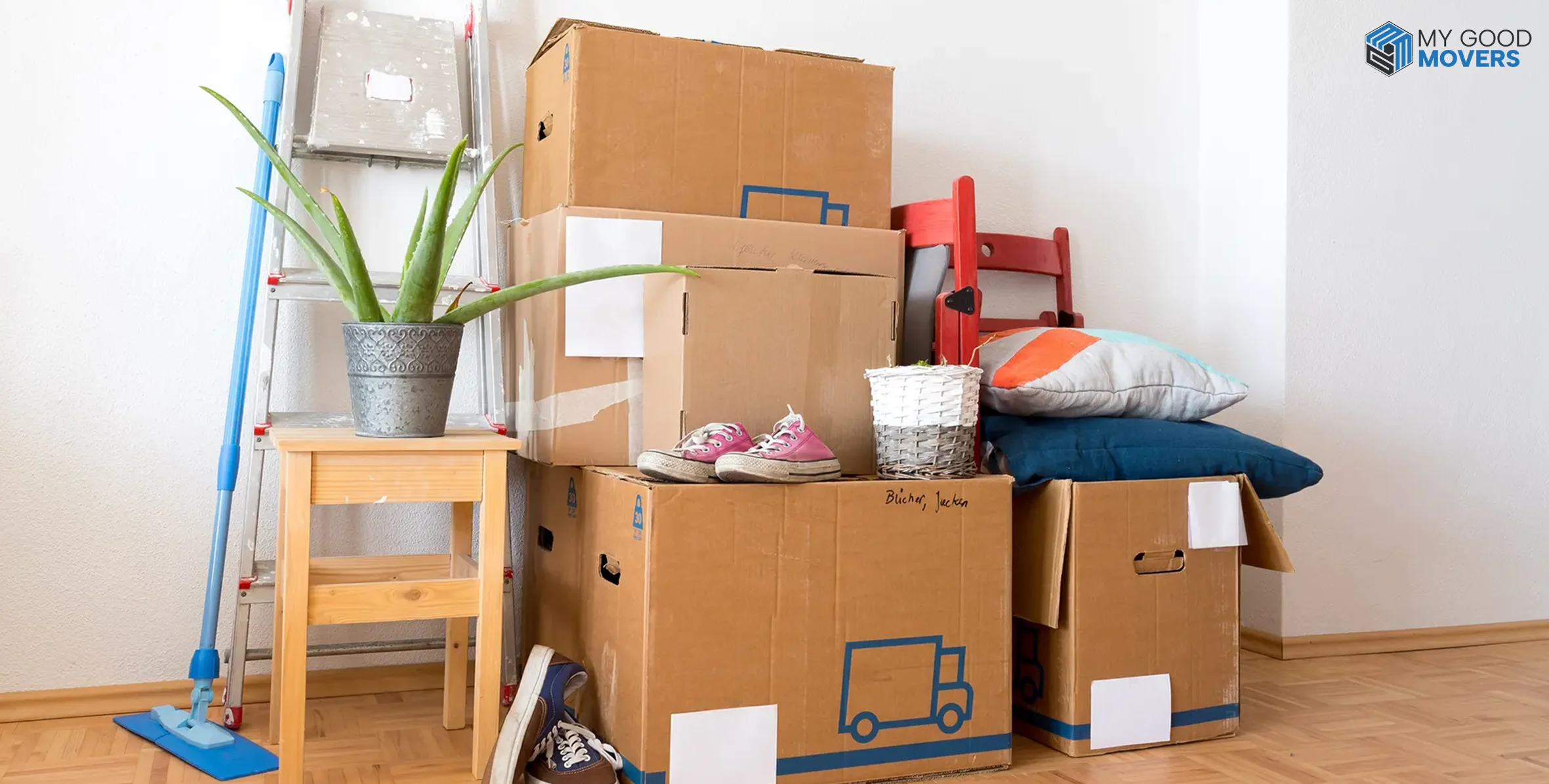












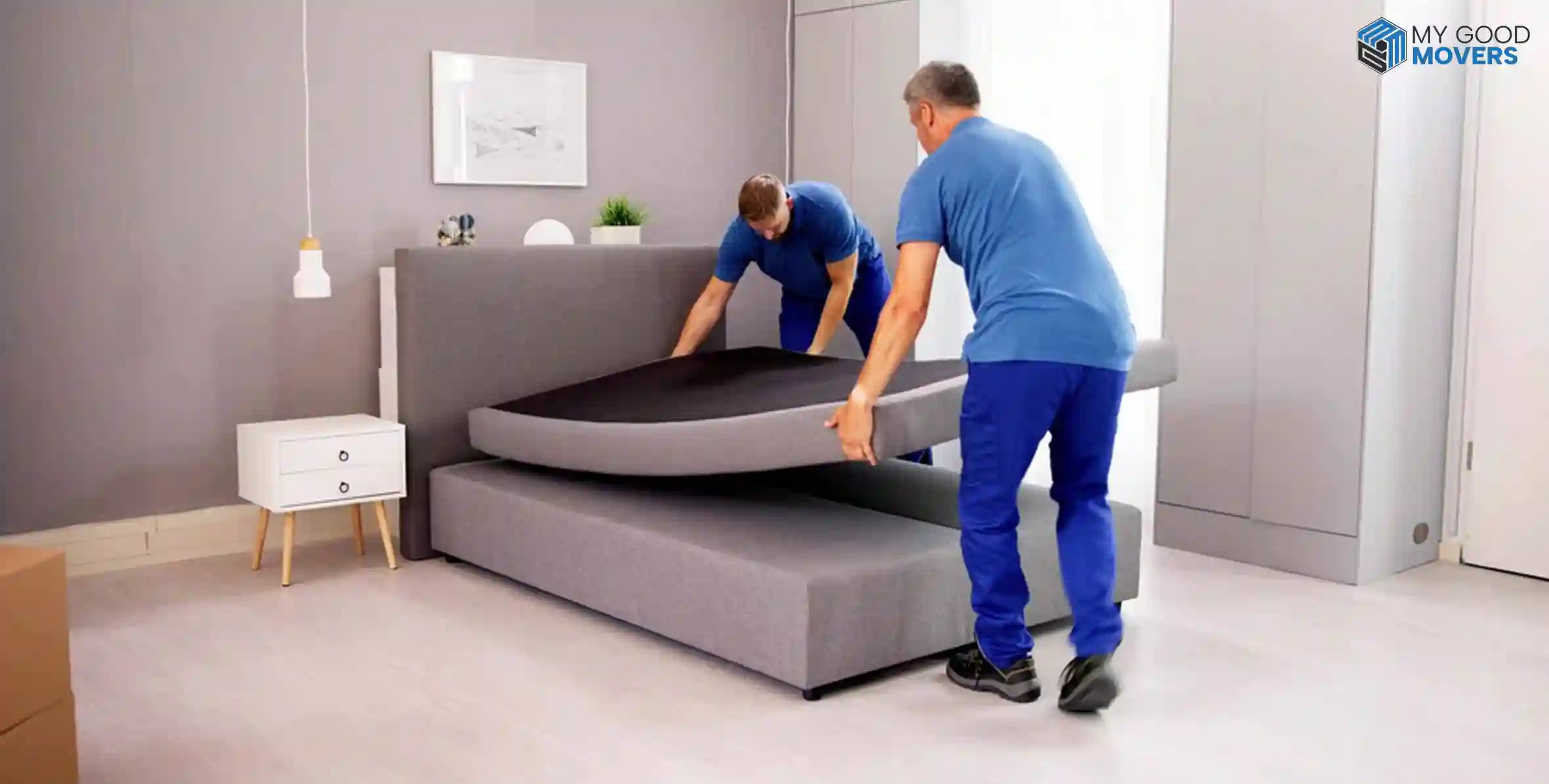


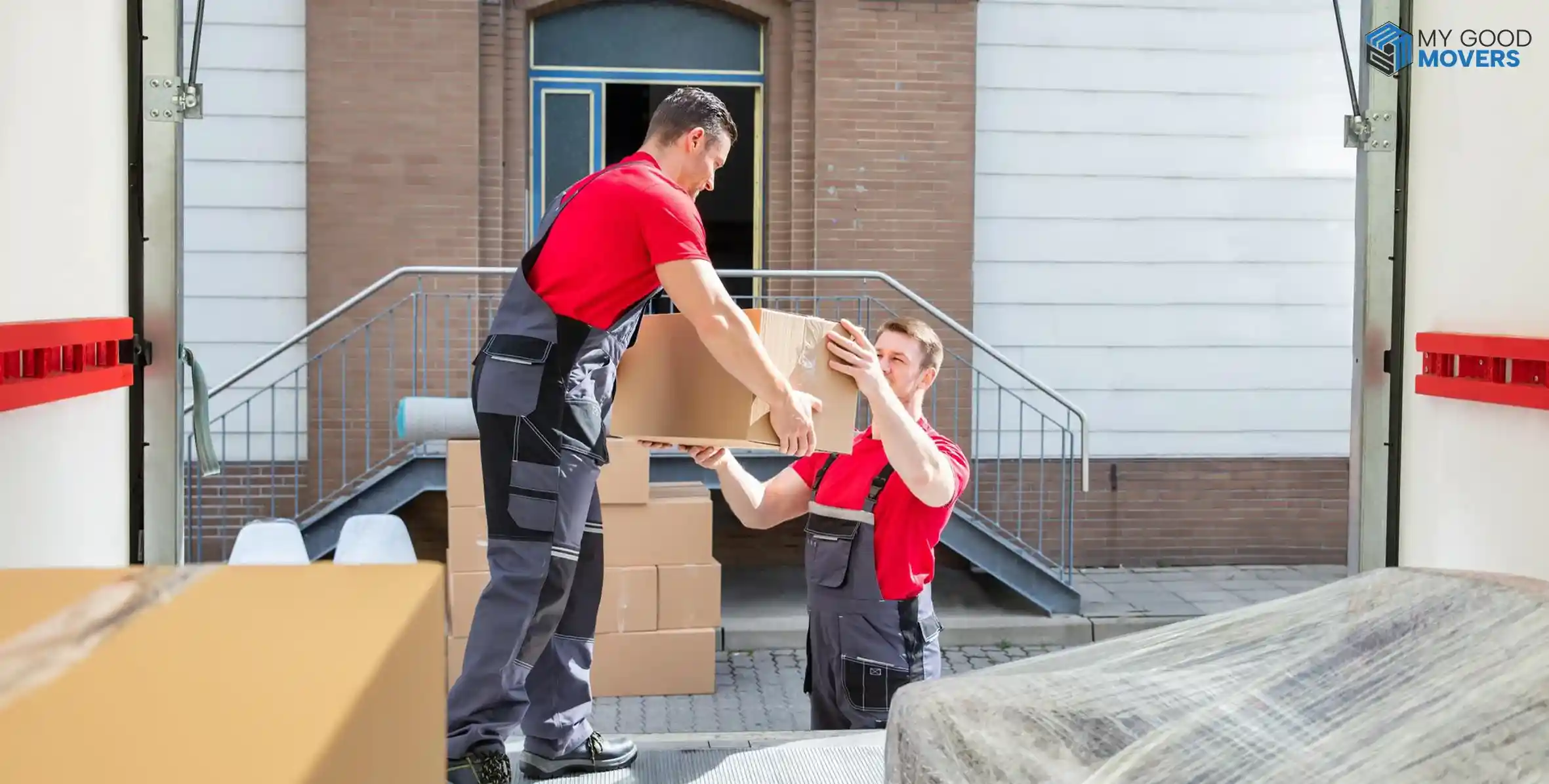



















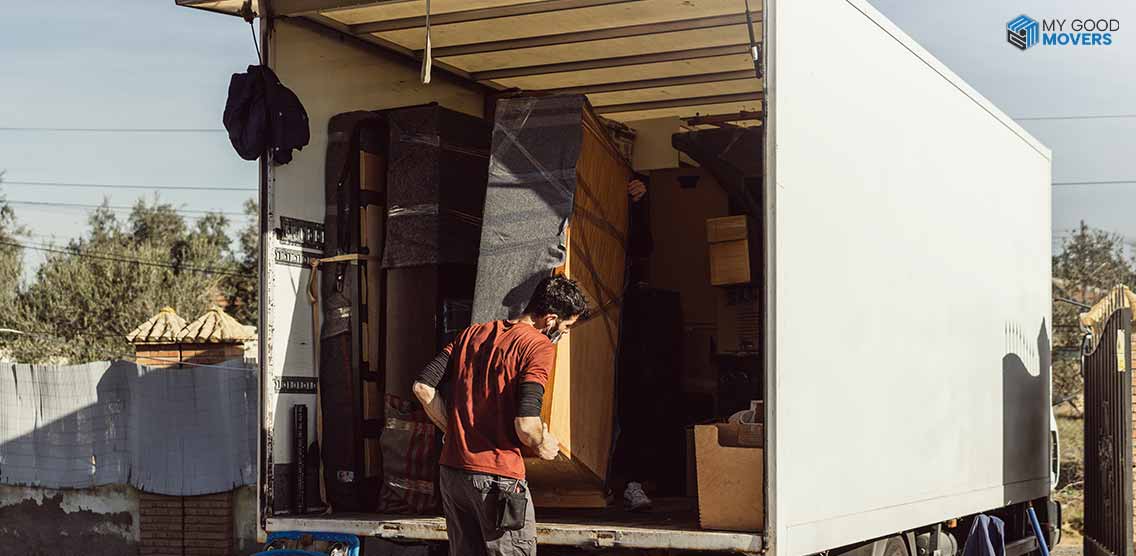



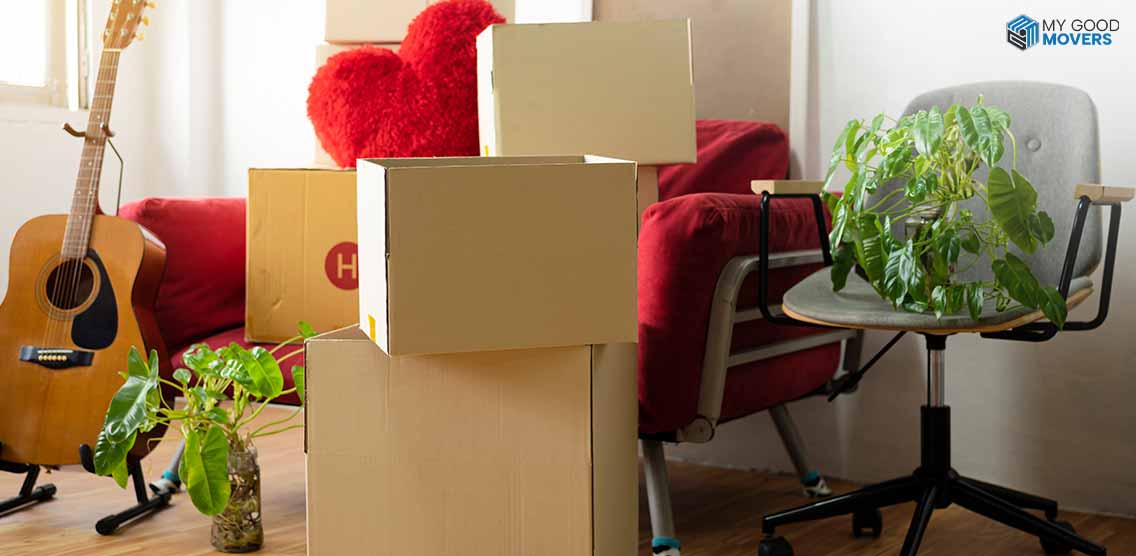






















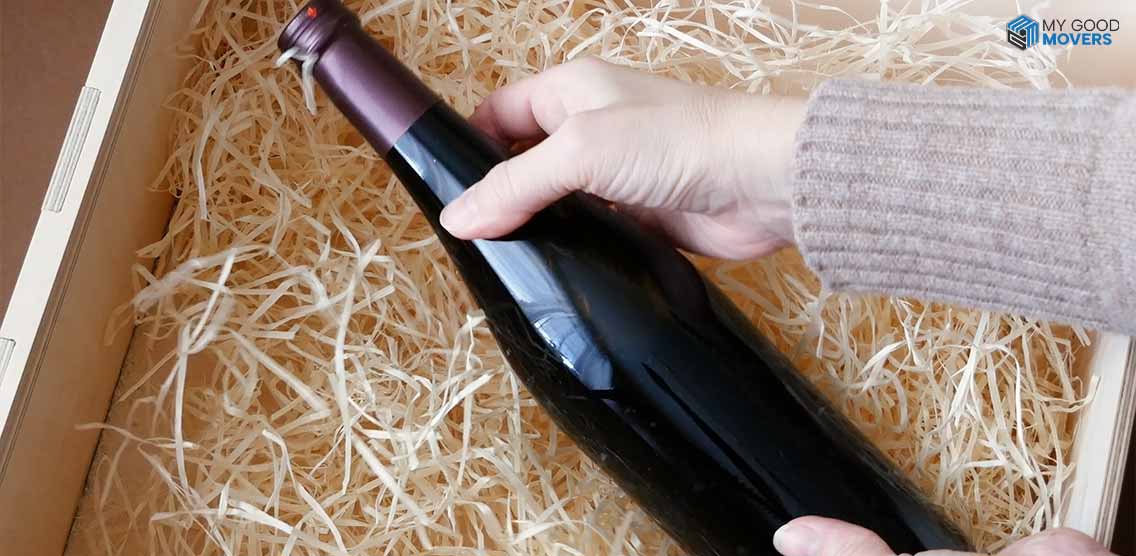

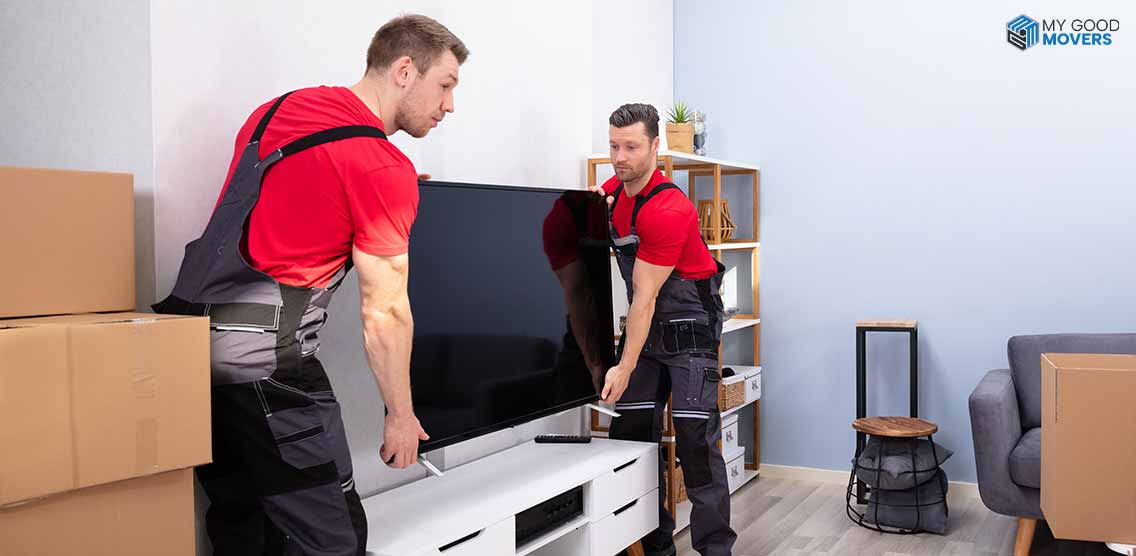











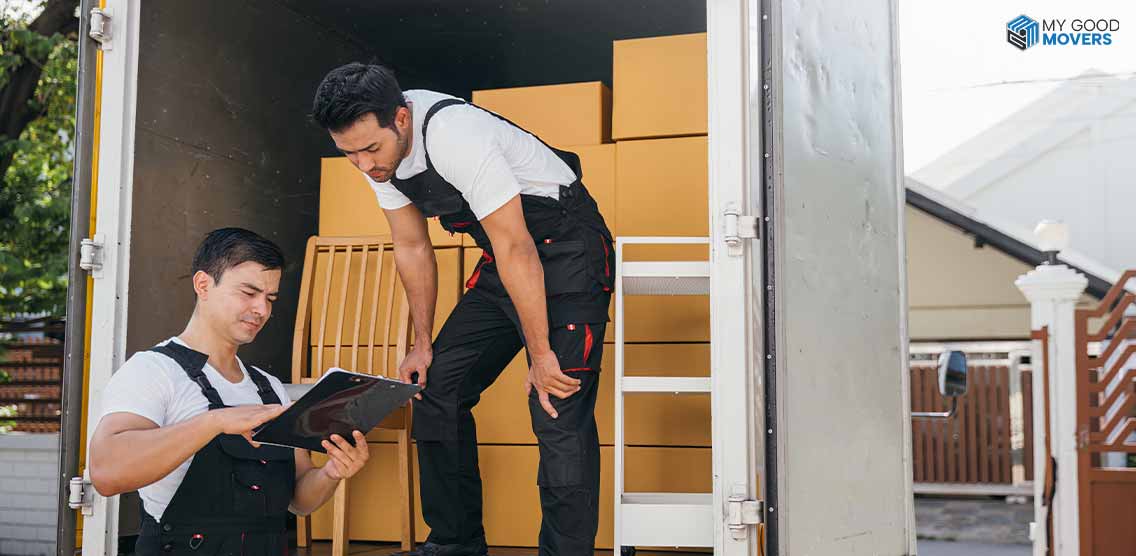











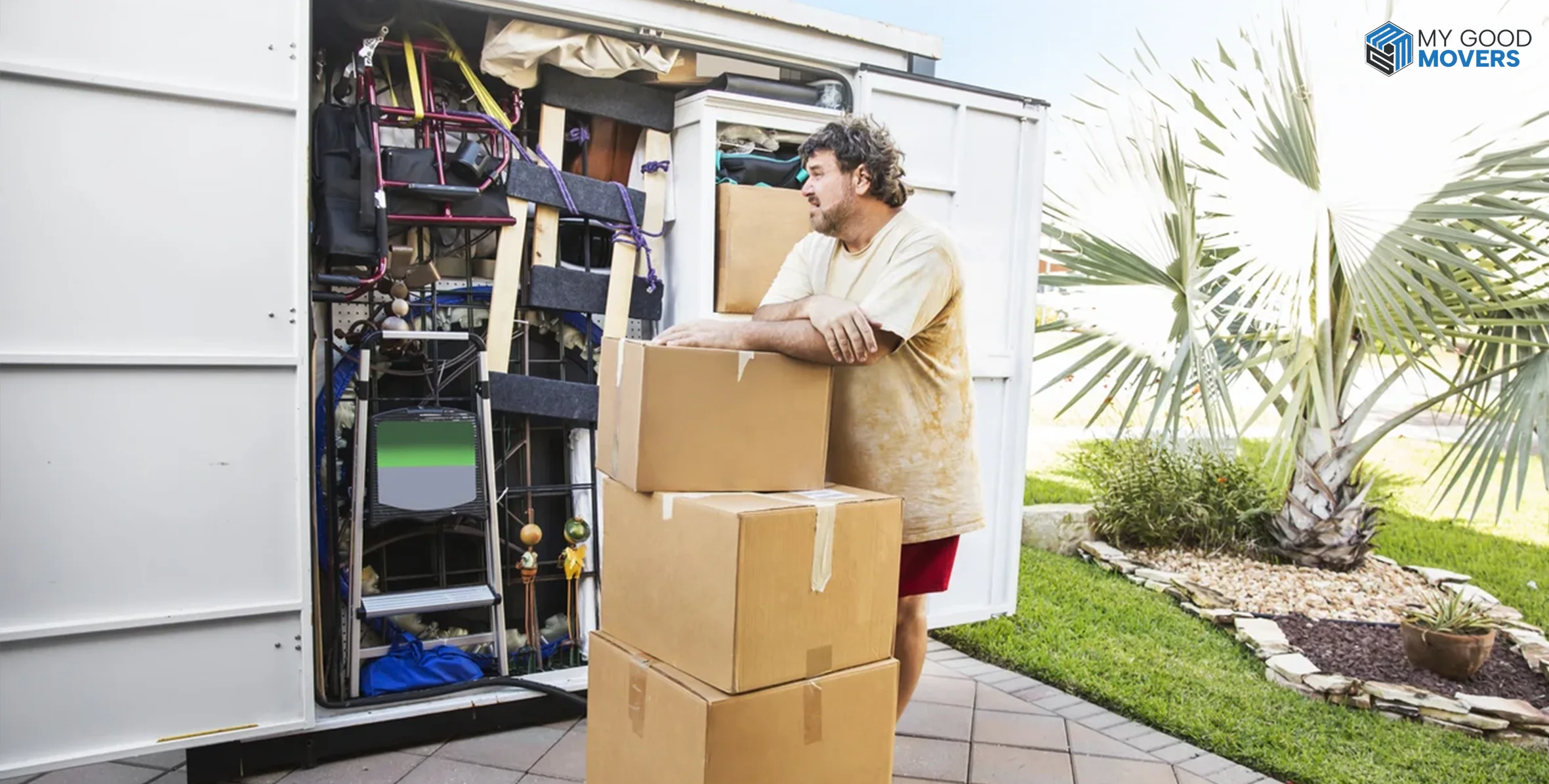
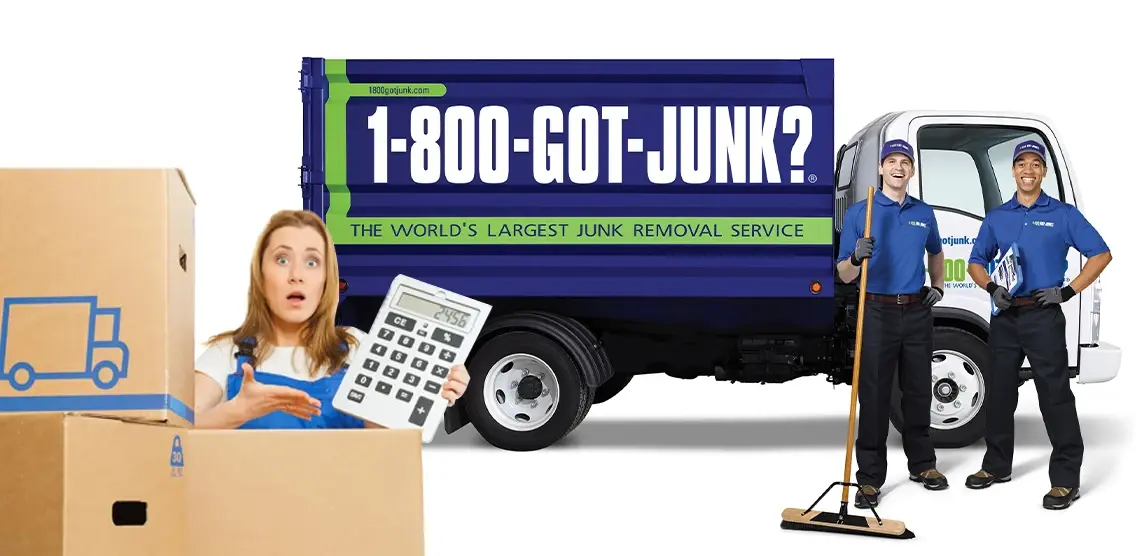
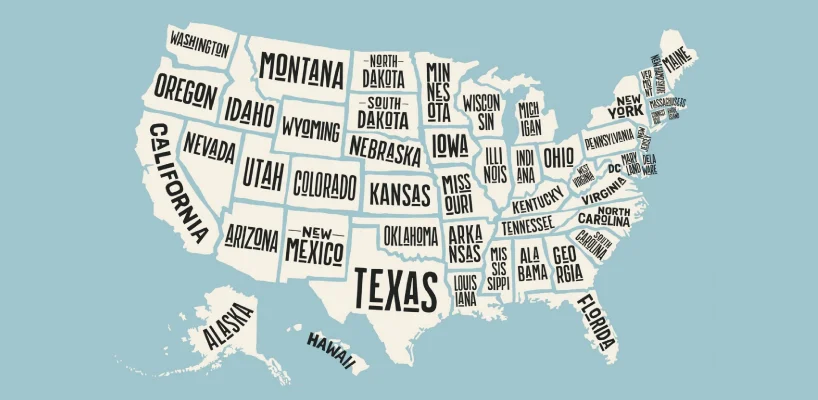





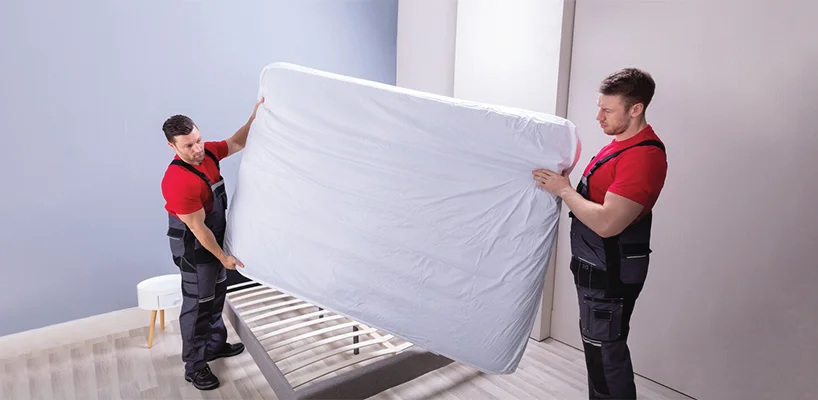
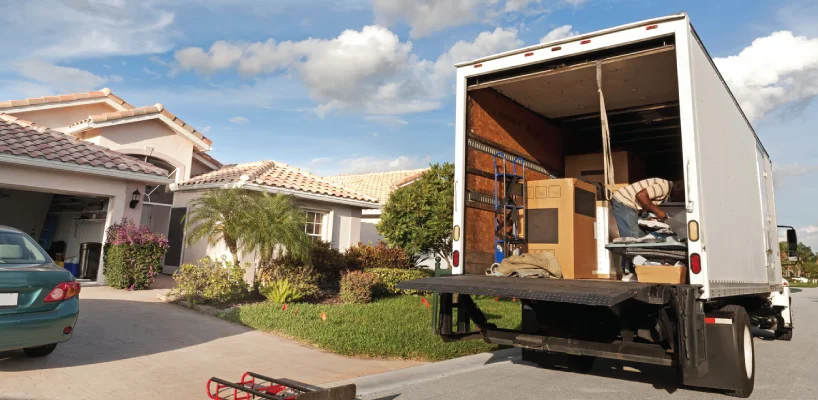




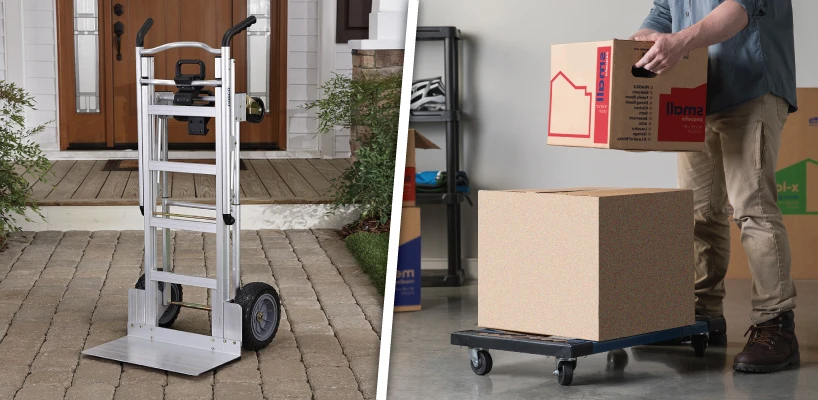
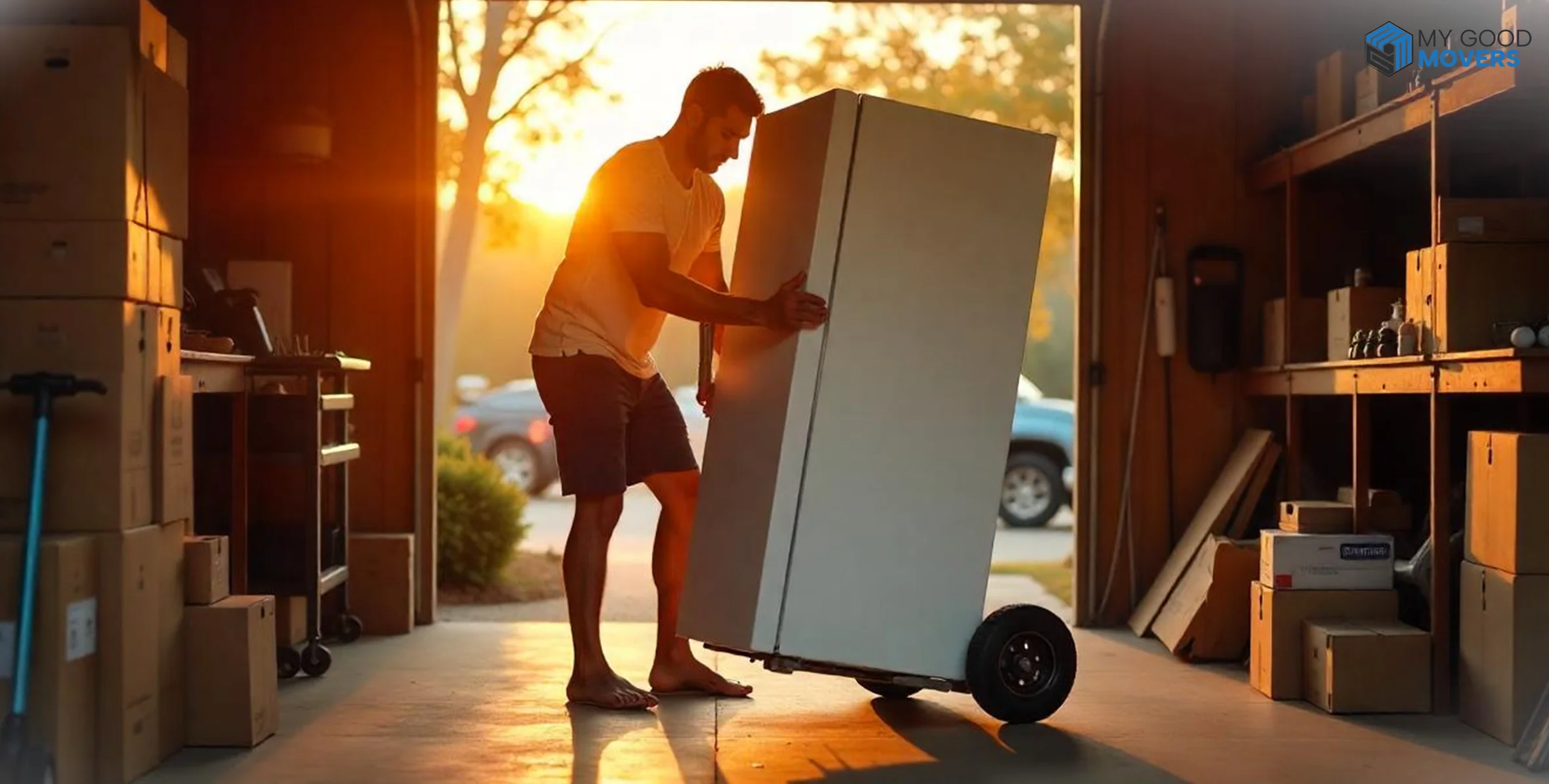
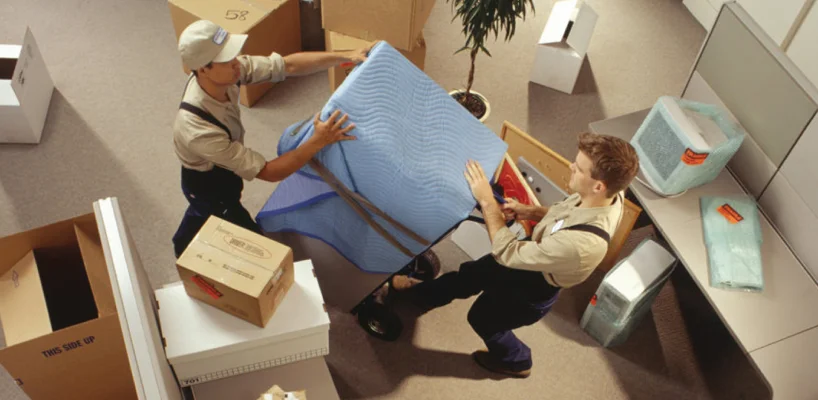


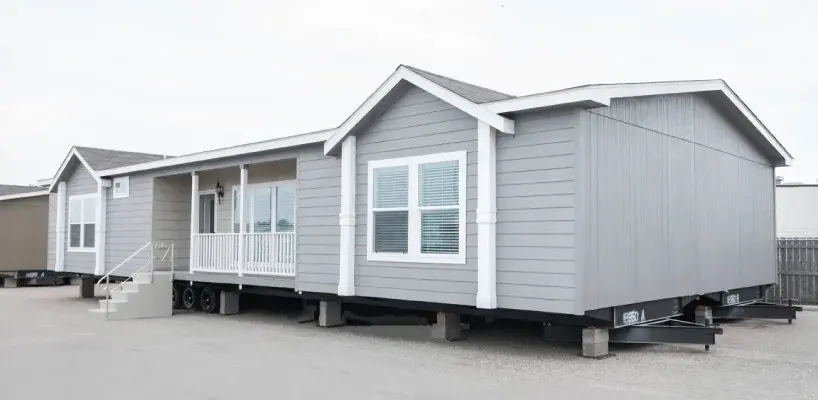


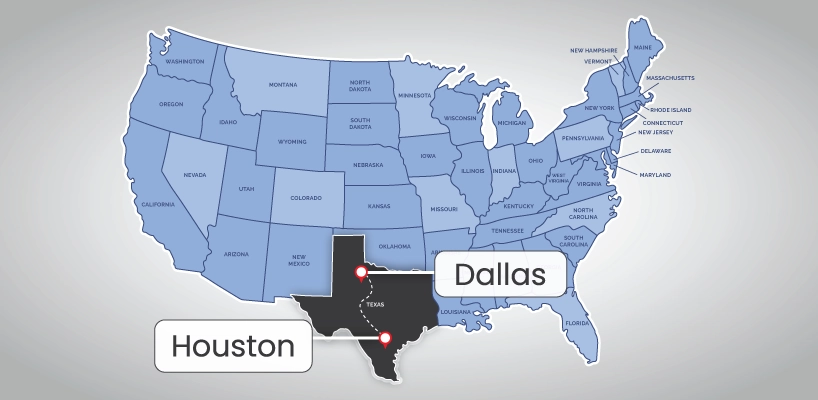


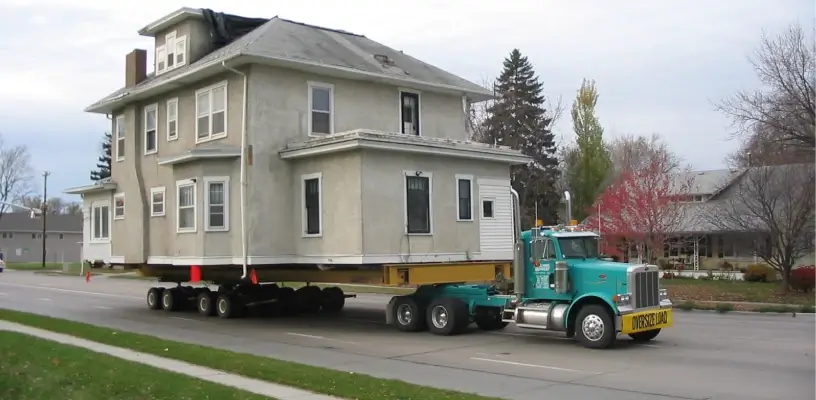
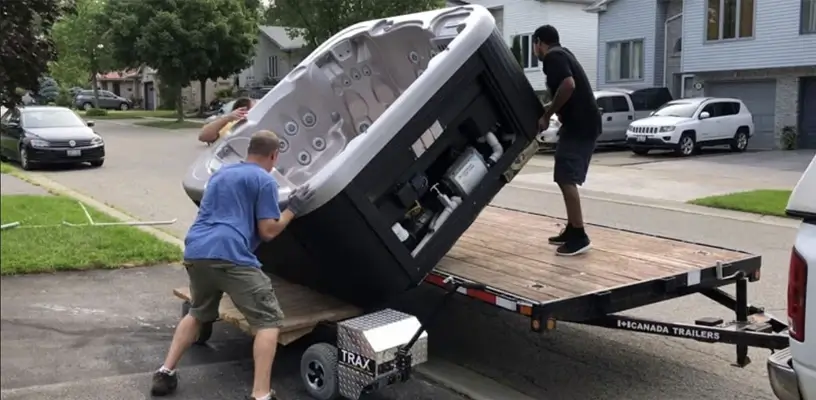




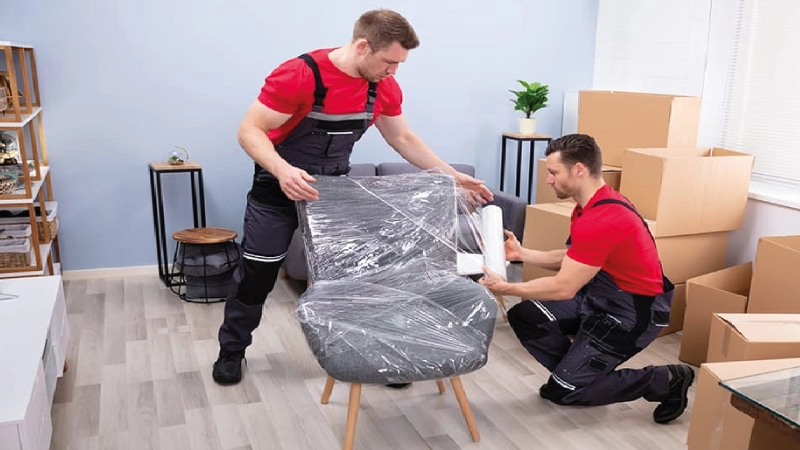

 (239) 799–6077
(239) 799–6077